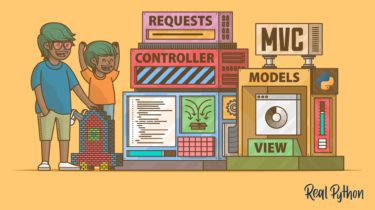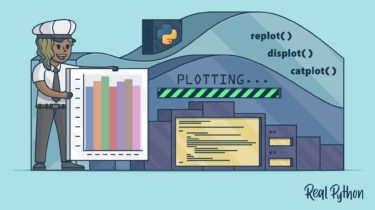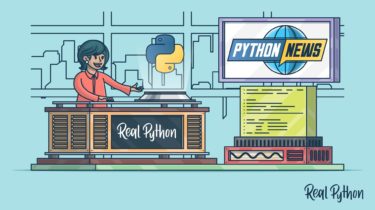Model-View-Controller (MVC) in Python Web Apps: Explained With Lego
If you’re curious about web development, then you’ve likely encountered the abbreviation MVC, which stands for Model-View-Controller. You may know that it’s a common design pattern that’s fundamental to many Python web frameworks and even desktop applications. But what exactly does it mean? If you’ve had a hard time wrapping your head around the concept, then keep on reading. In this tutorial, you’ll: Approach understanding the MVC pattern through a Lego-based analogy Learn what models, views, and controllers are conceptually […]
Read more




